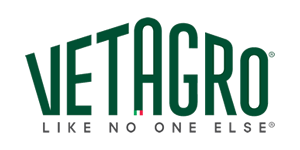Session 64. Camelids as emerging food producing species in our changing climate
<< Back to the Session index of Ghent 2019
Theatre Session
Adaptation of dromedary camels to harsh environmental conditions in arid and semi-arid zones
P. Nagy
The role of camels in food security in the arid zone: meat and milk production potential
invited B. Faye
Phenotypic and genotypic evaluation of camelids, why these species lag behind other livestock
invited P.A. Burger and E. Ciani
Toward a CamelHD BeadChip: the Illumina Greater Good Initiative 2019
E. Ciani, S. Brooks, F. Almathen, A. Eggen and P. Burger
CAMELMILK project 588
M. Garrón Gómez
Review of the genetic variants of milk protein in Old and New World Camelids
A. Pauciullo
Cheese-making ability of dromedary camel milk: comparison with cattle, buffalo, goat and sheep milk
N. Amalfitano, M. Bergamaschi, N. Patel, M.L. Haddi, H. Benabid, F. Tagliapietra, S. Schiavon and G. Bittante
Kisspeptin and RFRP neurons control breeding season but not induction of ovulation in the camel
H. Ainani, N. El Bousmaki, M.R. Achaâban, M. Ouassat, M. Piro, V. Simonneaux and K. El Allali
Production potential of Llama and Alpaca (Domestic South American Camelids) in the Andean Region
invited C. Renieri
Poster Session
Pharmacokinetics of a long-acting progesterone formulation in female camels
H. Chhaibi, A. Tibary and A.J. Campbell
Some hormonal values in relation to foetal age in dromedary camel
S.G. Hassan
Transfer of persistent organic pollutants in camel milk
F. Amutova, M. Delannoy, M. Nurseitova, G. Konuspayeva and S. Jurjanz
Proprieties of young Sahraoui dromedary’s meat
H. Smili, S. Becila, A. Ayad, B. Babelhadj, A. Della Malva, M. Albenzio, M. Caroprese, A. Santillo, A. Sevi, A. Adamou, A. Boudjellal and R. Marino
















